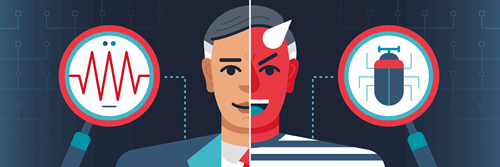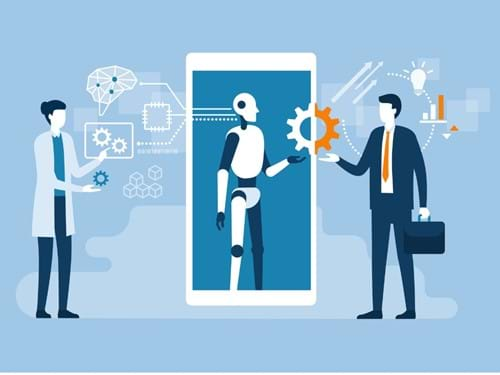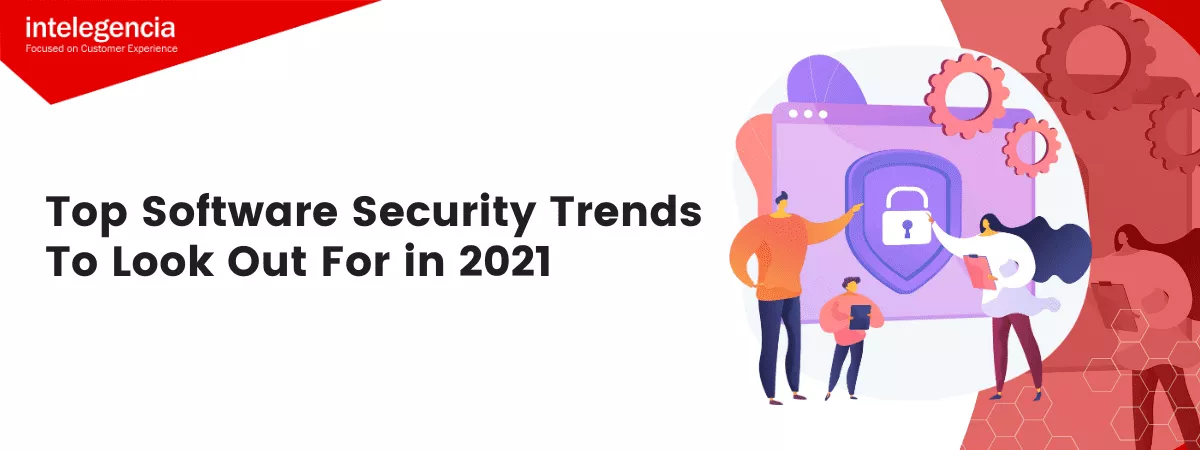Top Software Security Trends To Look Out For in 2021
 Kaushal Kumar
February 11, 2021
Kaushal Kumar
February 11, 2021
Amidst the global pandemic's strain, the spike in cybercrimes has gotten even worse than in previous years. No matter how much software security teams heightened their defenses, cybersecurity attackers' methods continued to get more sophisticated and adaptable.
To adapt to the changes brought by the COVID-19 outbreak, most businesses shifted from on-site to remote working. Although remote working is a more practical and safer choice for the workforce, this change can disrupt and weaken an organization's security processes.
As we continue to step into a new year, security teams have predicted software development solutions that will secure better application security tools, scale on-premise security tools to the cloud, and implement better protection for the internet-of-things (IoT) devices.
Security Trends set to level the battlefield in 2021
The pandemic is forcing many organizations to accelerate the shift for digital transformation. These software development solutions have been forecasted to help spur innovation, improve overall software security, and help future-proof enterprises.
- Cloud Burst Adaptation
Most companies plan to move key business processes to cloud using software development solutions, such as through Software as a Service (SaaS). According to Maty Siman, “You can’t push code and then roll back to fix vulnerabilities, as it presents an opportunity for malicious actors to infiltrate your systems.” This statement comes as cloud-based applications and environments are significantly being ambushed by cyber-attackers.
During the pandemic, software security added an intermediary lift and shift rather than taking time to recodify processes – processes are still the same, but the environment and security changes. In 2021, business organizations are recodifying the process to gain an advantage of cloud agility while software security teams are still solving the issues with the intermediary shift.
- Insider Threats

This year, researchers believe that the remote-workforce trend would drive an increase in insider threats. It’s expected that “insider-as-a-service” will reach 33%. Insider-as-a-service refers to individuals who fly through the employment process to strategically gather sensitive IP addresses, making the HR and security team's effort to stop insider threats squandered.
- Vulnerable APIs
The easiest way for cyber-attackers to breach any system is through unsecured APIs. As businesses continue remote work, malicious actors ramp up API-targeted attacks to exploit sensitive data. Software security teams help organizations quickly identify how outsiders exploit these programs and quickly develop better ways to secure the API authentication processes.
- Infrastructure-as-Code
Nowadays, more and more developers have turned to infrastructure-as-code (IaC) environments to lessen the need to configure software in building an application manually.
But despite the benefits of , it also poses potential disadvantages. Malicious attackers might exploit the missteps in these flexible environments. Significant concentration around cloud security and IaC best practices is a viable solution to combat outsider threats while maintaining a more complex software ecosystem.
- Mobile Threat

The trend of mobile exploitation increased in the backdrop of the COVID-19 pandemic. Specialized spywares were designed to encrypt messaging applications and capitalize on Android critical security vulnerabilities. For these reasons, security teams created mobile-focused security programs to contribute to the ongoing “de-perimeterization” and cloudification of the corporate network.
Bill Harrod, the Federal CTO at Ivanti, mentioned that malicious actors would who work on a range of mobile devices – such as tablets and phones – and rely on public Wi-Fi networks. “As we settle into a new year of this reality, mobile workers will be the biggest security risk as they view IT security as a hindrance to productivity and believe that IT security compromises personal privacy,” he shared.
Automation, Artificial Intelligence, and Machine Learning

Automation is vital to any business process. Studies show that 47% of cyber-attacks went up since the pandemic began, while 36% experienced increased security vulnerability due to remote work. Hyper automation is a process used by businesses to automate as many IT processes as possible through tools such as AI, Machine Learning, robotic process automation, and other automation tools.
These automation tools help businesses flag anomalies and prepare effective countermeasures to software security threats.
The COVID19 pandemic has been a challenge to everyone, personally and professionally. As we continue to roll in 2021, business and security teams could take extra measures by reflecting on attack methodologies and discerning the software security landscape changes to better gauge the threats moving forward.
Comment(s)
_BlogComment.Message
